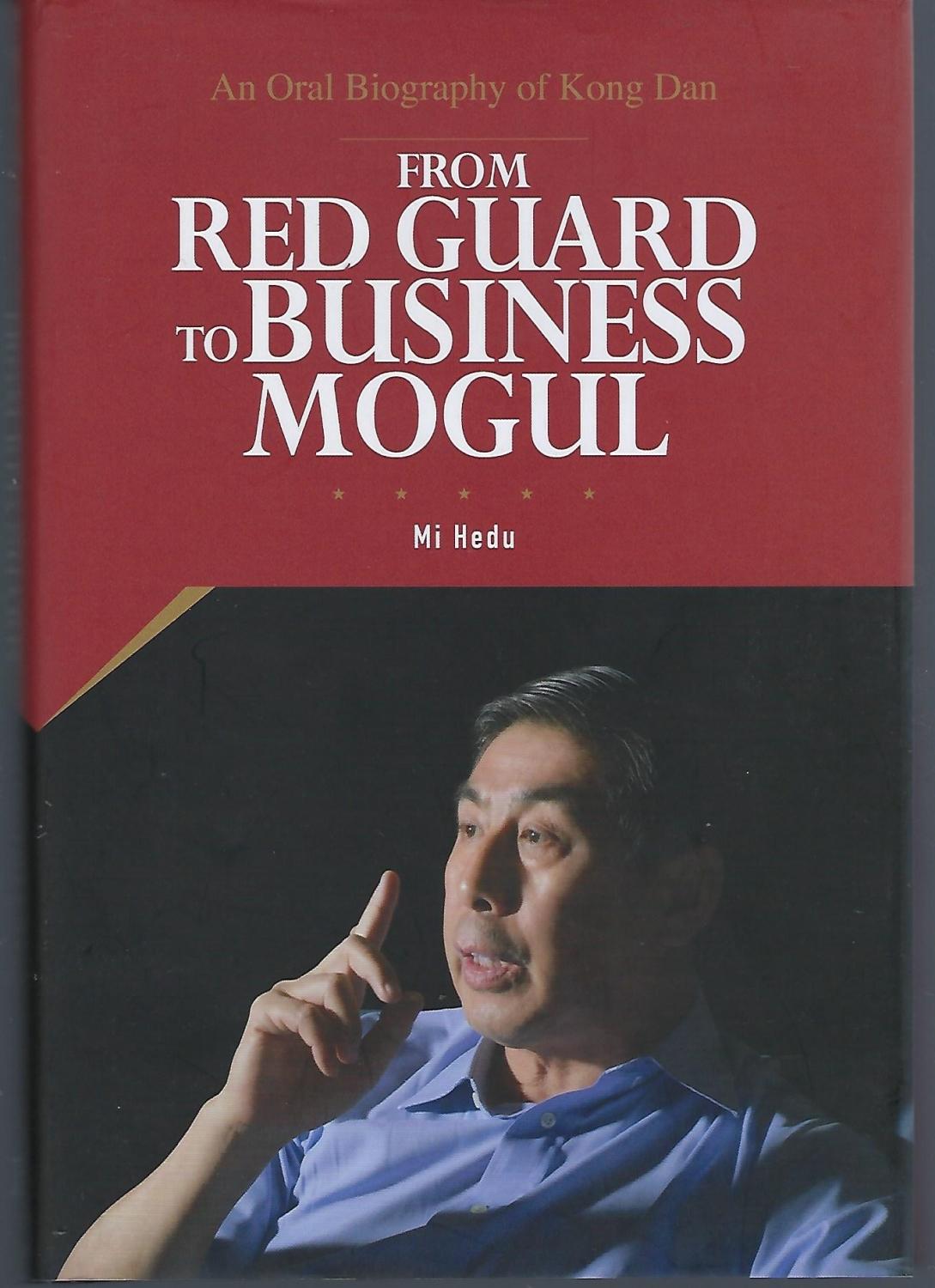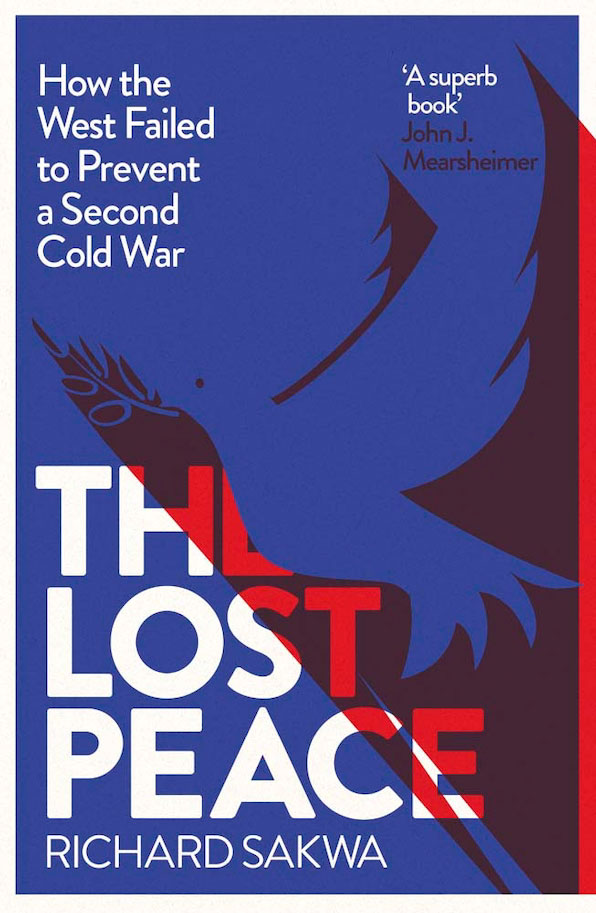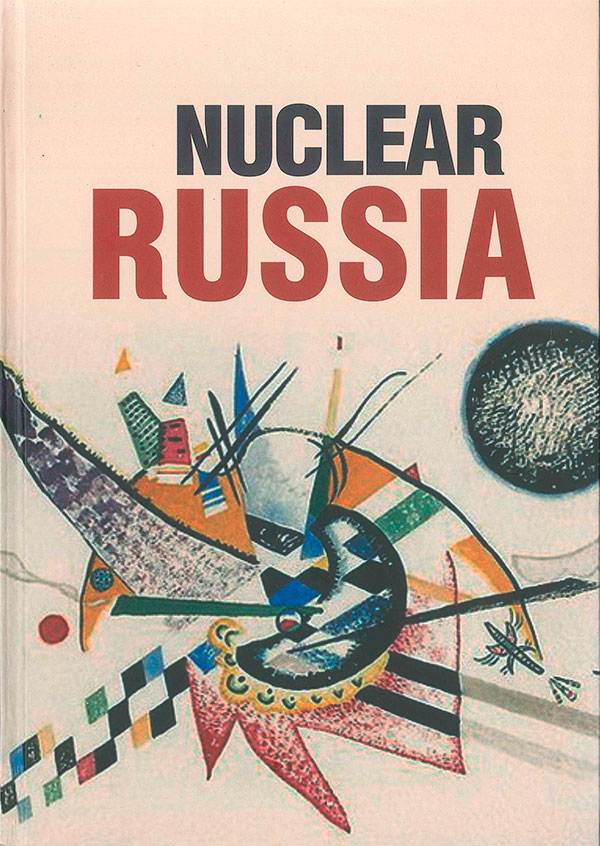... inherent in the nature of the CIS, and developing Eurasian economic integration amid new conditions as well as its interaction with ASEAN countries.
Ultimately, Russia is already at the centre of a whole system of international institutions and partnerships,... ... West is significant. We absolutely do not know how the countries of the World Majority would behave in conditions where the USA and Europe launched an offensive against a weaker adversary: for example, against Iran or another country of a comparable ...
... countries that built their strategy on preserving the existing order - in the West this is the European Union, in the East - the ASEAN economic bloc. In both cases, the very principle of the organisation of these groups and their philosophy do not allow for ... ... showing serious restraint and skilfully resolve their differences without bringing them into direct conflict. The fact that thousands of human lives become the price for general revisionism is a huge tragedy. But in conditions when a major conflict is impossible ...
... perspective on this, believing “the Indo-Pacific” to be an opportunity to expand its political and economic presence east of the Strait of Malacca. As far as this standpoint goes, the central place in the emergent mega-region is assigned to the ASEAN nations rather than the U.S.
Obviously, India will not give up on fostering closer ties with its numerous partners in the Asia-Pacific, ranging from Japan and South Korea in the north up to Australia and New Zealand to the south, and this will be ...
... case it is more inclusive, open and balanced with respect to the interests of developed and developing economies.
GT: Southeast Asia has become an important venue for multilateral cooperation this year, a year that you have called "the Year of ASEAN centrality." Can you elaborate on what role ASEAN has played in the G20 and the world?
Lissovolik:
ASEAN is at the heart of a region of the global economy that is demonstrating some of the highest growth rates in the world. The share of ASEAN ...
... the context of rebuilding foreign economic relations and creating a new model of the global order, the most important directions are cooperation with world powers – China and India as well as Brazil – and with leading regional players – Turkey, ASEAN countries, the Gulf states, Iran, Egypt, Algeria, Israel, South Africa, Pakistan, Argentina, Mexico and others.
It is in these areas, rather than in traditional Euro-Atlantic arenas, that the main resources of diplomacy, foreign economic relations,...
... additional contracts
. This is precisely what happened with China’s trade agreement with Hong Kong, which covered a limited number of service industry sectors and investment in 2004, as well as with Beijing’s agreement with Macau. The agreement with ASEAN evolved in a similar manner. Importantly, China has stayed true to this integration course for two decades.
The RCEP may very well evolve in the same way. While it is true that there are no fundamentally new agreements within this partnership in ...
... military one. In the ongoing developments, China, on its part, has been struggling to balance on a fine line between avoiding accusations of directly
helping
Russia and sticking to its commitment that a strategic partnership presupposes.
On the conceptual ... ... such areas is the interest in relatively inexpensive opportunities to train specialists and engineers in Russia. The idea of
ASEAN centrality
could also facilitate the acceptance of Russia in the Southeast Asian subregion, which forms the core of the ...
... Initiative (BRI).
Another crucial driver for the R5+ initiative is the significant progression of regional integration initiatives across the Global South. In particular there is the Regional Comprehensive Economic Partnership (RCEP) led by China and the ASEAN economies. In Africa the key integration initiative is the African Continental Free Trade Area launched in 2018. Another important development is the rising coordination among the regional integration blocks and the signing of the respective memoranda ...
... needs to proactively facilitate efforts at better understanding between New Delhi and Beijing, and promote positive interaction among the three great powers. Such interaction is also needed for engagement with the Association of Southeast Asian Nations (ASEAN), a key aspect of the Greater Eurasian Partnership. It is even more necessary for building up the Shanghai Cooperation Organization (SCO) as a continent-wide dialogue platform.
Moreover, close relations with New Delhi would help Moscow in engaging ...
... seas, unimpeded commerce and advancing human rights. Although the U.S. Vice President noted that China continues to coerce and intimidate, Washington’s engagement in Southeast Asia, she argued, is not against any country, nor is it designed to make ASEAN member states choose between countries. At the same time, almost all Indo-Pacific states, either known as the so-called Quad—the United States, Japan, India and Australia—or those willing to join the initiative on a less binding basis, have ...



